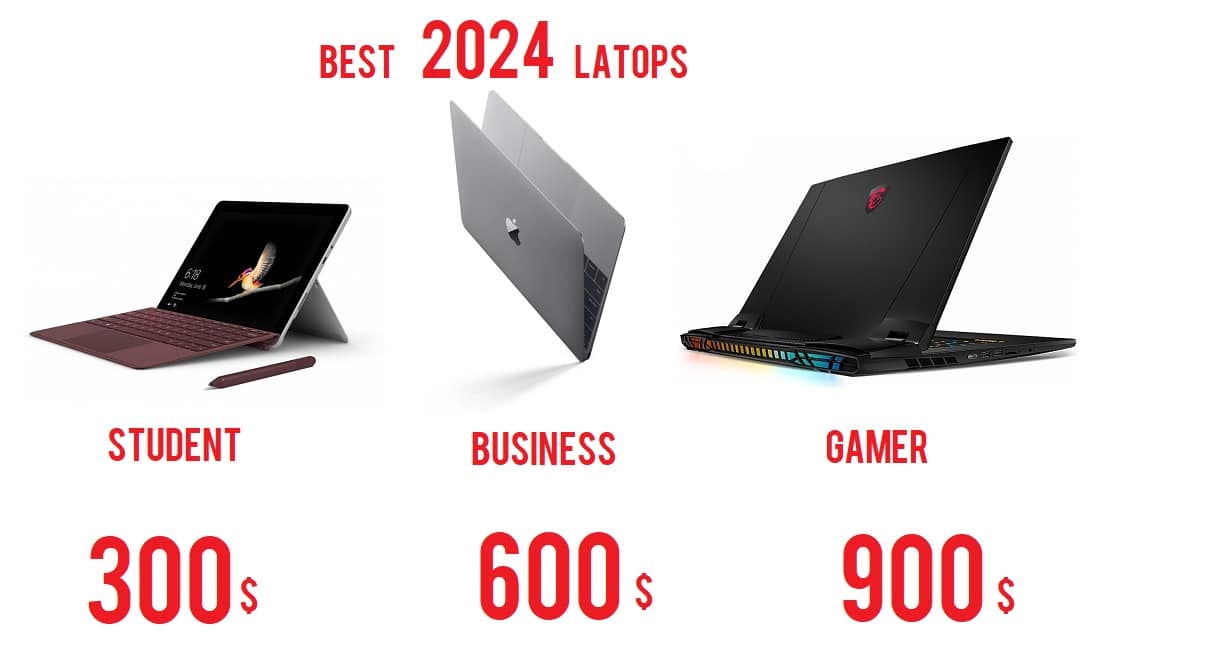In today’s tech-savvy world, buying a laptop can be both exciting and daunting. With a plethora of options ranging from budget-friendly Chromebooks to powerhouse MacBook Pros, finding the perfect fit requires careful consideration. Whether you’re a student, a professional, or a casual user, this guide will walk you through everything you need to know to make an informed decision.
Key Takeaways
- Understand Your Needs: Determine how you’ll use your laptop—whether it’s for work, gaming, entertainment, or all of the above.
- Consider Your Budget: Laptops can range from a few hundred to several thousand pounds, so set a budget that aligns with your needs.
- Operating System: Choose between Windows, macOS, or Chrome OS based on your familiarity and specific requirements.
- Hardware Specifications: Pay attention to the CPU, GPU, RAM, and storage to ensure your laptop can handle your tasks efficiently.
- Display and Battery Life: A good screen size, resolution, and battery life are crucial for a satisfying user experience.
- Future-Proofing: Consider future software updates, hardware upgrades, and warranty options when making your purchase.
Understanding Your Needs
Before diving into the sea of laptops, it’s crucial to identify your specific requirements. Are you looking for a lightweight device for browsing and basic tasks, a powerful machine for creative work or gaming, or something versatile that can handle a bit of everything?
Tip 1: Define Your Usage
If your laptop needs are basic—such as browsing, streaming, and word processing—a budget-friendly option like the Asus VivoBook Go 15 might suffice. However, if you’re into gaming or graphic design, investing in a laptop with a dedicated GPU and ample RAM is advisable.
Tip 2: Different Form Factors
Laptops come in various forms, from traditional clamshells to versatile two-in-ones and detachables. Choose a form factor that suits your lifestyle and usage habits. Two-in-one models like the Microsoft Surface Pro offer flexibility for both work and entertainment.
Tip 3: Choosing the Right Operating System
The operating system (OS) dictates your user experience and software compatibility. Windows laptops offer versatility and a wide range of options, while macOS is known for its seamless integration with Apple devices. Chrome OS, found on Chromebooks, is excellent for cloud-based tasks and affordability.
Tip 4: Understanding Hardware Specifications
When it comes to hardware, focus on the CPU, GPU, RAM, and storage. For everyday use, an Intel Core i3 or AMD Ryzen 3 processor with 8GB of RAM and 256GB of storage is adequate. Power users may prefer higher specs like an Intel Core i7 or AMD Ryzen 7 processor with 16GB+ RAM and 512GB+ storage.
Tip 5: Graphics Cards for Gaming
For gaming enthusiasts, a dedicated graphics card like Nvidia’s RTX series or AMD’s Radeon RX series is essential. Choose a GPU that can handle your favorite games at optimal settings without compromising on performance or battery life.
Tip 6: Display Quality Matters
The display is your window to the digital world. Opt for a screen size that suits your needs—common sizes range from 13 to 16 inches. Consider factors like resolution (1080p vs. 4K), panel type (IPS, OLED), and refresh rate (60Hz vs. 120Hz) based on your usage preferences.
Tip 7: Battery Life Considerations
Battery life varies widely among laptops. If you’re always on the go, prioritize models with long-lasting batteries. MacBooks are known for their impressive battery longevity, while newer Snapdragon-powered Windows laptops are catching up.
Tip 8: Ergonomics and Connectivity
Ergonomics play a vital role in user comfort. Pay attention to factors like keyboard layout, touchpad size, and overall build quality. Connectivity options such as USB ports, HDMI, and SD card readers are also crucial for expanding your laptop’s functionality.
Tip 9: Timing Your Purchase
Laptop technology evolves rapidly, with new models and upgrades introduced annually. Consider timing your purchase around major events like Black Friday or new product launches to snag discounts on previous models or take advantage of new features.
Tip 10: Warranty and Upgradability
A solid warranty ensures peace of mind against unexpected issues. While some laptops allow for RAM and storage upgrades, others like MacBooks are more restricted. Choose accordingly based on your long-term usage and upgrade preferences.
Tip 11: Read Reviews and Compare
Before making a final decision, read reviews from trusted sources and compare similar models. Real-world user experiences can provide valuable insights into performance, durability, and customer support.
Tip 12: Future-Proofing Your Investment
Finally, think ahead. Consider how future software updates and technological advancements might impact your laptop’s usability and longevity. Investing in a slightly higher spec model now could save you from needing an upgrade sooner than expected.
Conclusion
Choosing the right laptop involves balancing your budget, performance needs, and personal preferences. By understanding your usage patterns, prioritizing key features, and staying informed about the latest trends, you can confidently select a laptop that enhances your productivity and enjoyment.
Whether you opt for a budget-friendly Chromebook or splurge on a high-performance MacBook Pro, your choice should align with your lifestyle and goals. Remember, the best laptop for you is one that seamlessly integrates into your daily routine while meeting your computing needs effectively.
For more in-depth guidance and detailed product recommendations, explore reputable tech review sites and consider consulting with knowledgeable experts before making your purchase.











